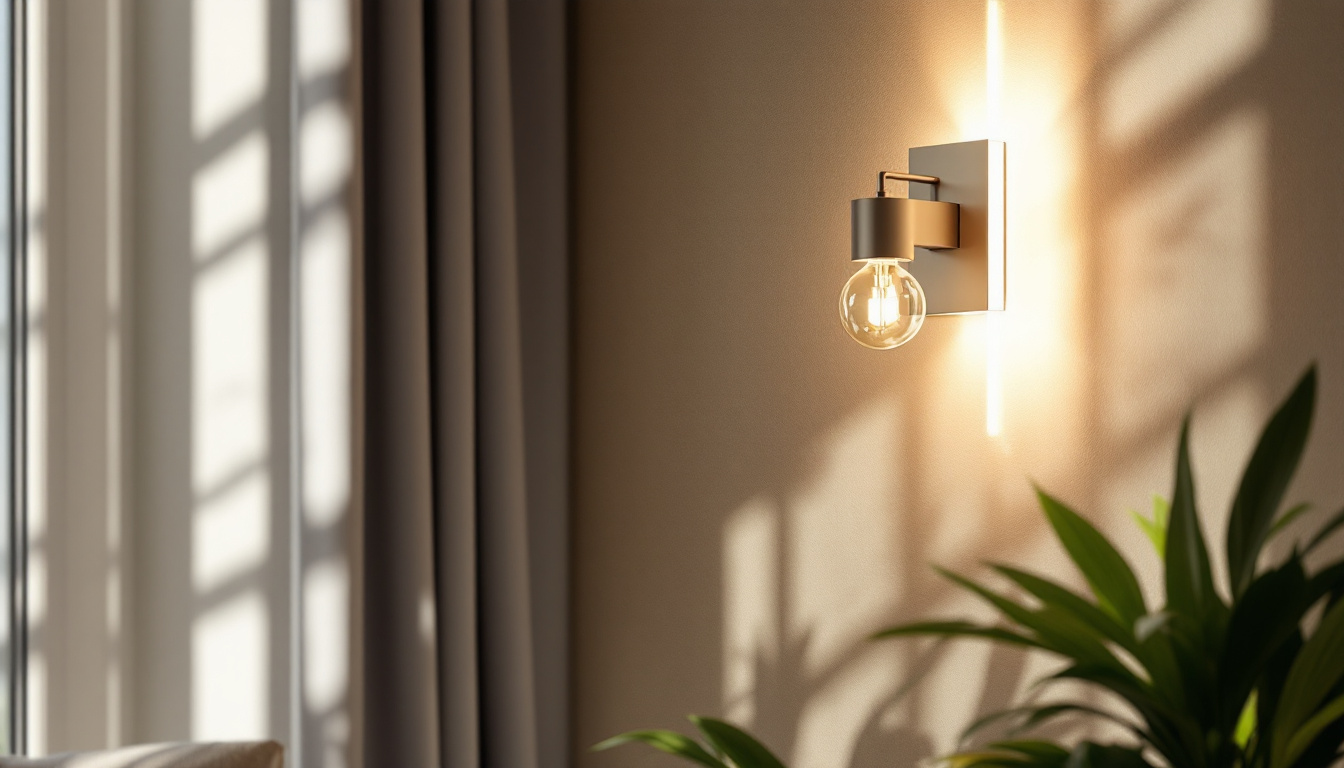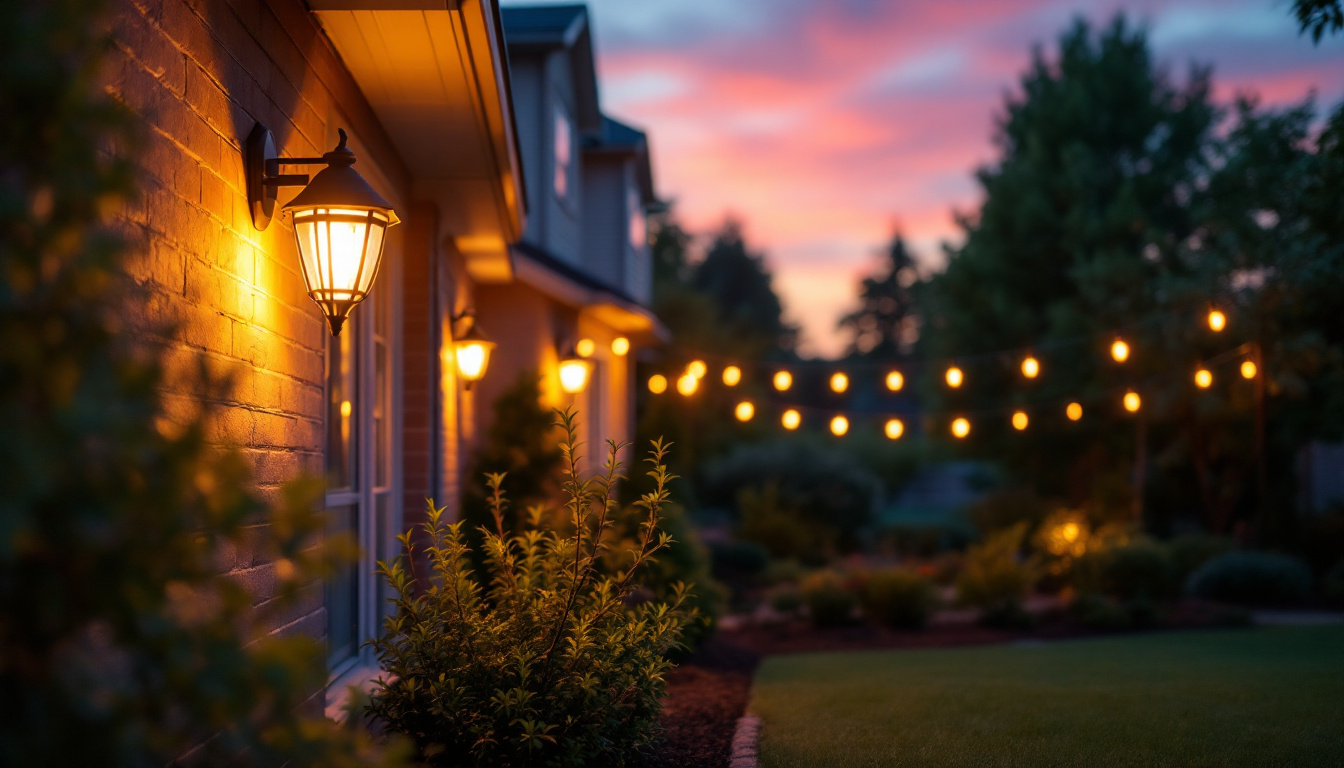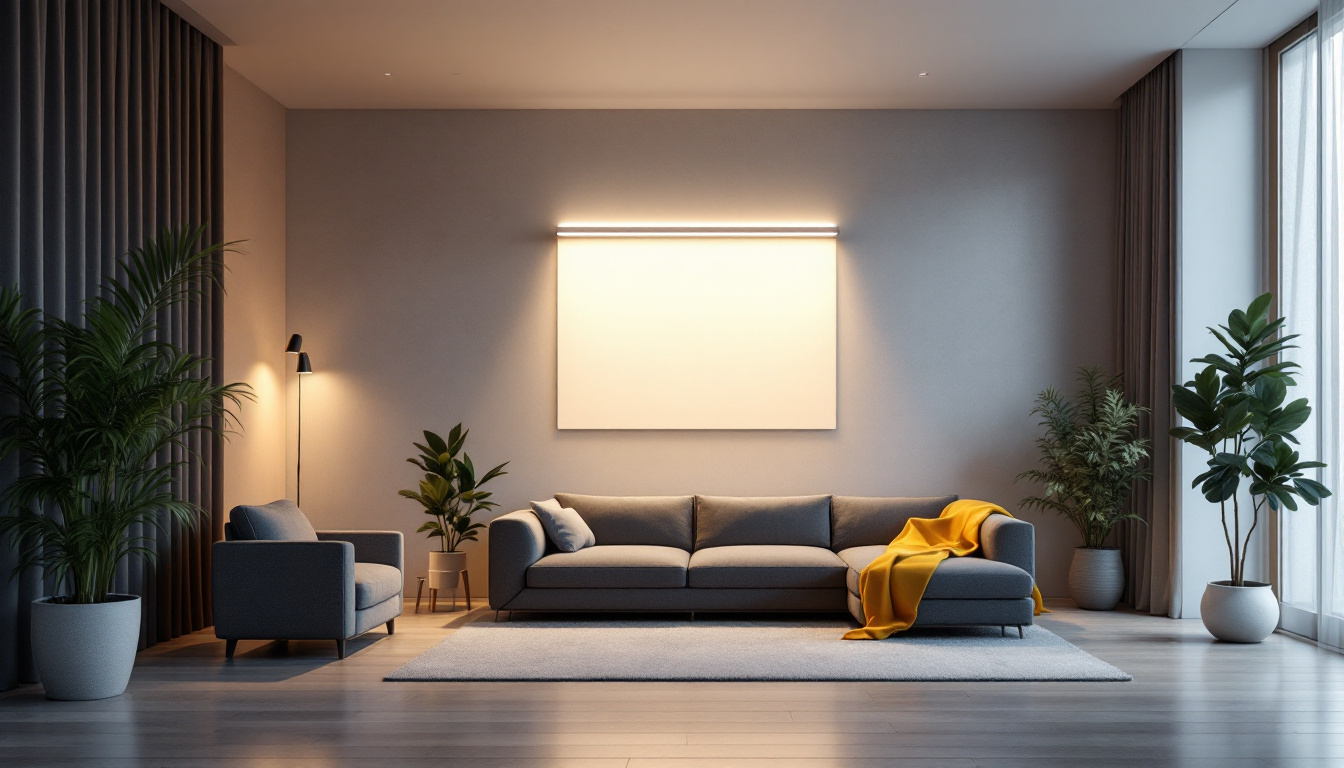
recessed lighting has become a staple in modern architecture and interior design. For lighting contractors, understanding the science behind recessed light bulbs is essential for providing clients with the best solutions. This article delves into the intricacies of recessed lighting, covering types of bulbs, their applications, and the technology that drives them.
Recessed light bulbs, often referred to as can lights or downlights, are fixtures that are installed into a hollow opening in the ceiling. They provide a clean, streamlined look that can enhance the aesthetics of any space while delivering effective illumination. Unlike traditional light fixtures that hang from the ceiling, recessed lights are embedded, making them ideal for areas where a minimalist appearance is desired. This design not only saves space but also allows for a more uniform distribution of light, reducing shadows and creating a warm, inviting atmosphere in both residential and commercial settings.
Recessed lighting can be used in various applications, from highlighting artwork in a gallery to providing ambient lighting in a cozy living room. Their versatility makes them a popular choice among interior designers and homeowners alike. Additionally, the ability to adjust the angle of some recessed lights allows for focused illumination on specific areas, further enhancing their functionality and appeal.
Understanding the components of recessed lighting is crucial for any lighting contractor. A typical recessed lighting setup includes the housing, trim, and bulb. The housing is the part that is installed into the ceiling and contains the electrical components. It comes in various sizes and shapes, depending on the design and purpose of the lighting. The trim is the visible part that finishes the look and can vary in style and color, ranging from sleek and modern to decorative and ornate. Finally, the bulb is the light source that fits into the housing, and it plays a significant role in determining the overall brightness and color temperature of the light emitted.
Moreover, the installation of recessed lighting requires careful consideration of the ceiling height and the spacing between fixtures to achieve optimal lighting effects. Properly installed recessed lights can create a sense of depth and dimension in a room, making it feel larger and more inviting. Additionally, some trims are designed to reduce glare, which can enhance the comfort level of the space, especially in areas where people gather for prolonged periods.
There are several types of bulbs that can be used in recessed lighting, including incandescent, halogen, fluorescent, and LED. Each type has its own advantages and disadvantages, making it essential for contractors to choose the right one based on the client’s needs and the specific application. Incandescent bulbs provide a warm light but are less energy-efficient and have a shorter lifespan compared to other options. Halogen bulbs offer brighter light and better color rendering but can generate significant heat, which may not be ideal for all spaces.
fluorescent bulbs, while energy-efficient, often require a ballast and can take time to reach full brightness, which may not be suitable for areas needing instant illumination. On the other hand, LED bulbs are rapidly becoming the preferred choice due to their longevity, energy efficiency, and versatility in color temperature options. They can also be dimmed, allowing for greater control over the ambiance of a space. As technology advances, new LED options continue to emerge, providing even more innovative solutions for recessed lighting applications.
When selecting recessed light bulbs, contractors must consider the type of bulb that best fits the project requirements. Each type of bulb has distinct characteristics that affect energy efficiency, brightness, and color temperature.
Incandescent bulbs have been a traditional choice for recessed lighting due to their warm color and ability to render colors accurately. However, they are not the most energy-efficient option, as a significant amount of energy is wasted as heat. Contractors should be aware that while they provide excellent light quality, the trend is moving towards more energy-efficient alternatives.
Halogen bulbs are a type of incandescent bulb that offers improved energy efficiency and a longer lifespan. They produce a bright, white light that can enhance the appearance of spaces. However, they still generate a considerable amount of heat, which can be a concern in enclosed spaces.
Fluorescent bulbs are more energy-efficient than incandescent options and have a longer lifespan. They are available in various color temperatures, making them versatile for different applications. However, they may not provide the same quality of light as incandescent or halogen bulbs, which can be a drawback in areas where color accuracy is critical.
LED bulbs have rapidly gained popularity in recessed lighting due to their exceptional energy efficiency and long lifespan. They produce minimal heat and are available in a wide range of color temperatures. Additionally, LED technology allows for dimming capabilities, making them suitable for various lighting scenarios. For contractors, recommending LED options can lead to significant energy savings for clients.
Color temperature and brightness are two critical factors in selecting recessed light bulbs. Understanding these concepts can help contractors make informed decisions that meet their clients’ expectations.
Color temperature is measured in Kelvin (K) and describes the hue of the light emitted by a bulb. Lower Kelvin values (2700K-3000K) produce warm, yellowish light, while higher values (4000K-5000K) emit cooler, bluish light. The choice of color temperature can significantly affect the ambiance of a space. For example, warmer tones are often preferred in living areas, while cooler tones may be more suitable for workspaces.
Brightness is quantified in lumens, which measure the amount of light produced by a bulb. When selecting recessed lighting, it is essential to consider the lumens required for the specific application. For instance, task lighting in a kitchen may require higher lumens compared to ambient lighting in a living room. Understanding how to calculate the appropriate lumens needed for each space ensures that clients receive adequate illumination.
Proper installation of recessed lighting is crucial for achieving optimal performance and aesthetics. Contractors must take several factors into account during the installation process.
The height of the ceiling and the spacing between recessed lights play a significant role in the effectiveness of the lighting. As a general rule, the spacing should be approximately one-half to two-thirds the height of the ceiling. For example, if the ceiling is 10 feet high, lights should be spaced about 5 to 6.5 feet apart. This ensures even distribution of light and minimizes shadows.
Recessed lights require proper electrical wiring to function safely and efficiently. Contractors should ensure that the circuit can handle the wattage of the bulbs being used. Additionally, using compatible dimmer switches can enhance the functionality of recessed lighting, allowing clients to adjust the brightness according to their preferences.
As energy efficiency becomes increasingly important, recessed lighting offers several options for sustainable practices. Understanding the energy consumption of different bulbs can help contractors advise clients on the most eco-friendly choices.
Energy Star-rated recessed lighting products meet strict energy efficiency guidelines set by the Environmental Protection Agency. These products typically use 70-90% less energy than traditional incandescent bulbs, making them a smart choice for environmentally-conscious clients. When recommending products, contractors should look for the Energy Star label to ensure they are providing energy-efficient solutions.
While the initial cost of LED recessed lights may be higher than traditional options, the long-term savings on energy bills and bulb replacements make them a cost-effective choice. Contractors should educate clients on the potential savings over time, which can significantly influence their purchasing decisions.
The lighting industry is continually evolving, and staying updated on trends can give contractors a competitive edge. Understanding current trends in recessed lighting can help contractors provide clients with the latest and most innovative solutions.
Smart lighting technology has gained traction in recent years, allowing homeowners to control their lighting remotely through smartphones or voice-activated devices. Incorporating smart recessed lighting options can enhance the functionality of a space and provide added convenience for clients. Contractors should explore smart options that are compatible with existing systems and can be easily integrated into new installations.
Recessed lighting is increasingly being used in architectural designs to create dramatic effects and highlight specific features of a space. This trend involves using recessed lights to accentuate artwork, architectural details, or even landscaping. Contractors should consider how recessed lighting can be integrated into the overall design of a project, enhancing both functionality and aesthetics.
Despite the many advantages of recessed lighting, contractors may encounter challenges during installation and maintenance. Understanding these challenges and their solutions can lead to more successful projects.
One of the most common issues with recessed lighting is heat buildup, especially with incandescent and halogen bulbs. This can lead to reduced efficiency and even damage to the fixture. To mitigate this, contractors should ensure that the housing is rated for the type of bulb being used and consider using LED options that produce minimal heat.
Recessed lights can be difficult to access for maintenance, particularly in high ceilings. Contractors should plan the installation with accessibility in mind, possibly using adjustable fixtures or ensuring that the layout allows for easy access to bulbs and wiring. This foresight can save time and effort in the long run.
Understanding the science behind recessed light bulbs is essential for lighting contractors aiming to provide exceptional service and solutions to their clients. By considering the types of bulbs, color temperature, installation practices, and energy efficiency, contractors can make informed decisions that enhance both the functionality and aesthetics of a space.
As trends continue to evolve, staying informed about new technologies and design practices will ensure that contractors remain competitive in the industry. With a solid grasp of the principles of recessed lighting, contractors can confidently deliver projects that meet and exceed client expectations.
Ready to elevate your lighting projects with the highest quality recessed light bulbs at unbeatable prices? Look no further than LumenWholesale, where we provide spec-grade lighting that meets the most rigorous industry standards. Say goodbye to inflated markups and hello to superior lighting solutions that fit your budget. With our commitment to affordability and convenience, you’ll enjoy free shipping on bulk orders, ensuring you get the best value without any hidden costs. Don’t compromise on quality or price. Wholesale Lighting at the Best Value is just a click away. Partner with LumenWholesale today and experience the difference in your next lighting project.

Discover the science behind light sconces and elevate your lighting projects.

Explore how LED outside lights are revolutionizing the projects of lighting contractors, enhancing energy efficiency, design flexibility, and sustainability.

Discover essential insights on small solar LED lighting for contractors—learn about benefits, installation tips, and industry trends to enhance your projects.

Discover the key considerations and benefits of flat light fixtures for lighting contractors.